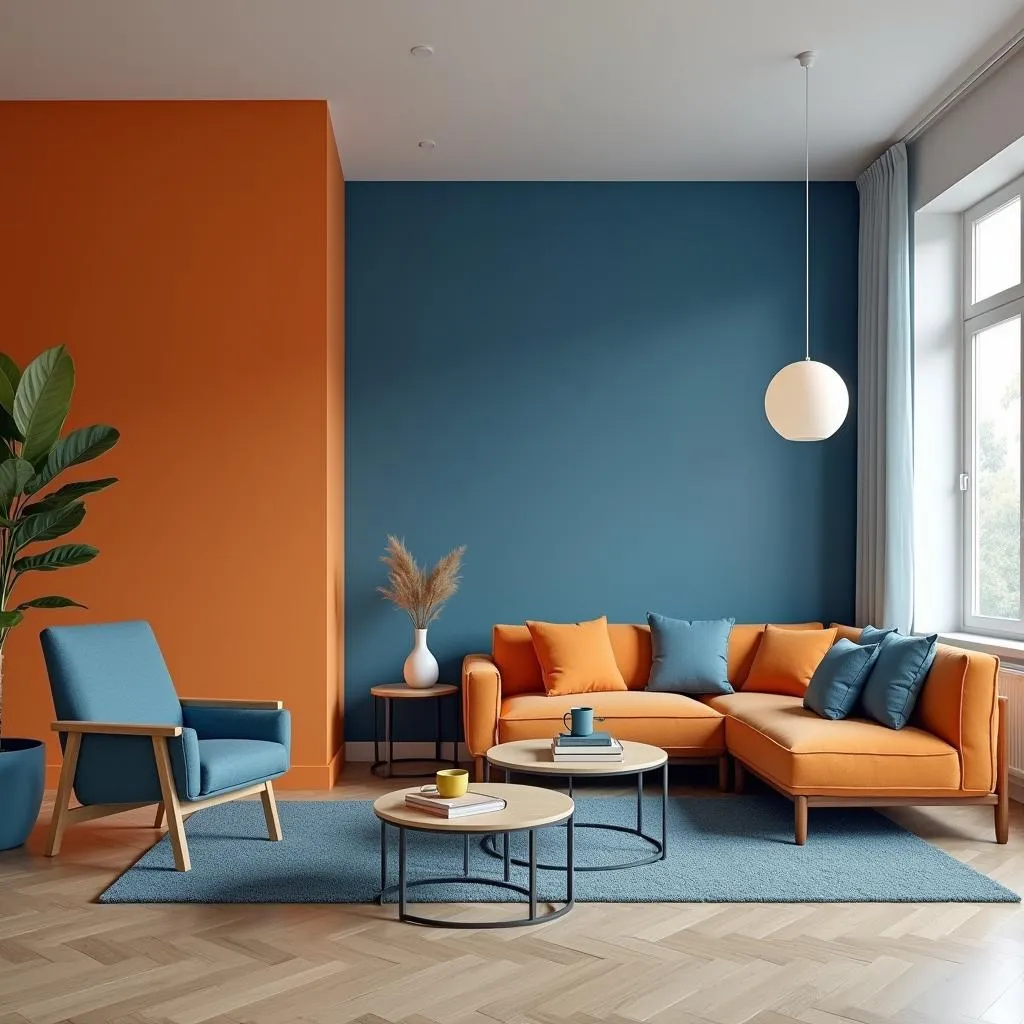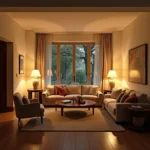Color harmonies, also known as color schemes, are combinations of colors that create a visually appealing and harmonious effect. They are the foundation of effective design, influencing everything from interior decorating and fashion to branding and art. Understanding color harmonies can empower you to make informed decisions about color palettes, whether you’re painting your living room or designing a website.
The Color Wheel: Your Guide to Color Harmony
The color wheel is a visual representation of color relationships, organized based on the color spectrum. It’s an indispensable tool for understanding and creating color harmonies. The most common type of color wheel is the 12-part wheel, which includes primary, secondary, and tertiary colors.
- Primary Colors: Red, yellow, and blue. These are the foundation of all other colors and cannot be created by mixing other colors.
- Secondary Colors: Green, orange, and purple. These are created by mixing two primary colors.
- Tertiary Colors: Yellow-orange, red-orange, red-violet, blue-violet, blue-green, and yellow-green. These are created by mixing a primary color with an adjacent secondary color.
Types of Color Harmonies
There are various types of color harmonies, each with its own unique visual impact and emotional effect. Let’s explore some of the most commonly used ones:
1. Monochromatic Color Harmony
Monochromatic color schemes utilize different shades, tones, and tints of a single color. This creates a sense of unity, sophistication, and elegance.
Example: A bedroom with light blue walls, sky blue bedding, and navy blue accents.
 Monochromatic Color Scheme Example
Monochromatic Color Scheme Example
2. Analogous Color Harmony
Analogous color harmonies use colors that are adjacent to each other on the color wheel. This results in a harmonious and pleasing blend with a natural flow.
Example: A garden design incorporating yellow, yellow-green, and green plants.
3. Complementary Color Harmony
Complementary color schemes involve using two colors that are opposite each other on the color wheel. This creates a vibrant and energetic contrast.
Example: An interior design featuring a blue sofa against an orange accent wall.
 Complementary Color Scheme Example
Complementary Color Scheme Example
4. Split-Complementary Color Harmony
Similar to complementary, this scheme uses a base color and the two colors adjacent to its complement. This provides a strong visual contrast while being less intense than a direct complementary scheme.
Example: A painting using red as the base color and incorporating blue-green and yellow-green as accents.
5. Triadic Color Harmony
Triadic color harmonies use three colors that are evenly spaced on the color wheel, forming an equilateral triangle. This creates a balanced and visually stimulating effect.
Example: A logo design using red, yellow, and blue.
 Triadic Color Scheme Example
Triadic Color Scheme Example
Creating Your Own Color Harmonies
Experimenting with different color combinations is key to finding the perfect harmony for your project. Remember to consider the mood and atmosphere you want to create, as well as the purpose of the space or design.
“Color is a powerful design tool. By understanding color harmonies, you can transform spaces and evoke specific emotions.” – John Smith, Lead Designer at Color Box Hanoi
Conclusion
Color harmonies are essential for creating visually appealing and balanced designs. By understanding the different types of color harmonies and the relationships between colors on the color wheel, you can confidently select color palettes that enhance your projects and create the desired impact.
Whether you’re a professional designer or simply want to refresh your living space, mastering color harmonies can elevate your creative endeavors.
Do you need help finding the perfect color harmony for your next project? Contact Color Box Hanoi today! Our team of color experts can provide personalized guidance and support. Call us at 0373298888, email us at [email protected], or visit our showroom at 86 Cầu Giấy, Hà Nội. We’re here to help you create spaces you’ll love.

